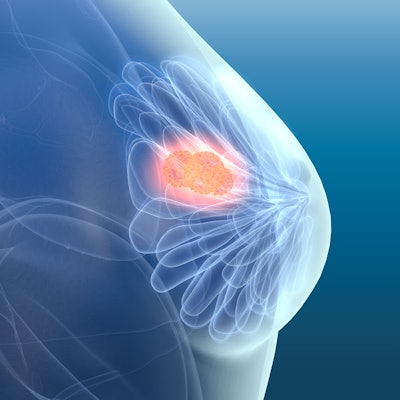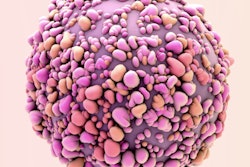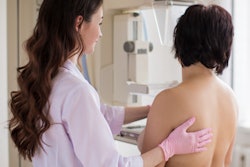
Dense breast tissue, microcalcifications, and masses are all risk factors for breast cancer that can be seen on mammograms. They're also all heritable, according to research published on April 2 in Cancer Research.
For the study, researchers from Sweden looked at mammogram results and genetic data from nearly 57,000 women. Their findings indicate the importance of understanding the mechanisms behind the heritability of key features on mammograms linked to breast cancer, noted lead study author Natalie Holowko, PhD, a postdoctoral researcher at the Karolinska Institutet in Stockholm, Sweden.
"Breast features identified through mammography are important for identifying women at high risk of developing breast cancer in the short term," Holowko stated in a press release. "It is important to understand the genetic determinants of these traits, as the underlying mechanisms for their association with breast cancer are not well understood."
Holowko and colleagues studied the heritability of various mammogram findings linked to breast cancer using survey questions, genetic data, and full-field digital mammography results from 56,820 women in Sweden. The study population also included 3,880 sisters, including full siblings and half siblings.
After adjusting for outside risk factors, the authors estimated breast density has a heritability of 58%, a finding in line with previous research studies. They also estimated a heritability of 23% for microcalcifications.
"Both [polygenetic risk score] and family history were positively associated with microcalcifications, including a possible shared basis with breast cancer," the authors wrote. "While modifiable lifestyle factors such as alcohol intake and [hormone replacement therapy] are positively associated with [mammographic breast density], the association of lifestyle factors and genetics with microcalcifications is not well known."
The authors also estimated masses have a heritability of 13%, a small but significant percentage. However, unlike with breast density or masses, they didn't find any significant associations between a family history of breast cancer and the number of masses. The genetic scores were also borderline significant.
Furthermore, full siblings were more likely to have similar breast density, microcalcification, and mass findings than their peers who weren't siblings. Half-siblings also shared similar microcalcification and mass findings, but the results were greater for sisters with the same mother than those with the same father.
"For [mammographic breast density] and masses, the correlation between maternal half-siblings was higher than between paternal half-siblings, potentially indicating a small component attributable to the shared environment," the authors wrote.
The authors attributed the remaining risk of developing dense breast tissue, microcalcifications, and masses to individual and environmental risk factors. However, they noted that more research needs to be done to better understand the genetic and nongenetic factors associated with the three mammogram features.
"Our results are important given that [mammographic breast density], microcalcifications, and masses are strongly associated with breast cancer," the authors wrote. "A better understanding of mammographic features might lead to further efforts aimed at improving how they are measured, and thus lead to improvements in breast cancer detection."



















